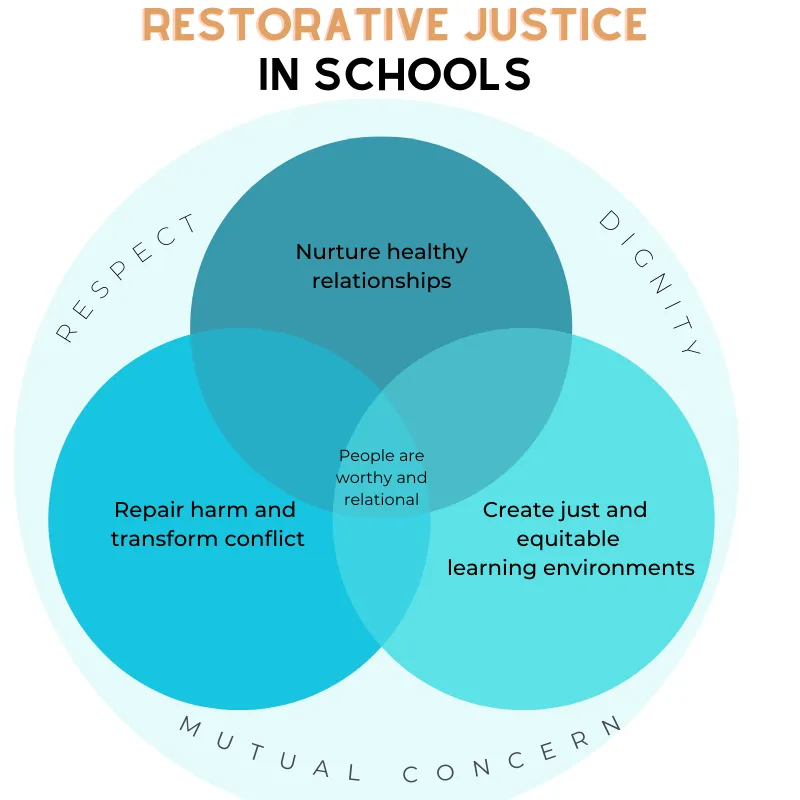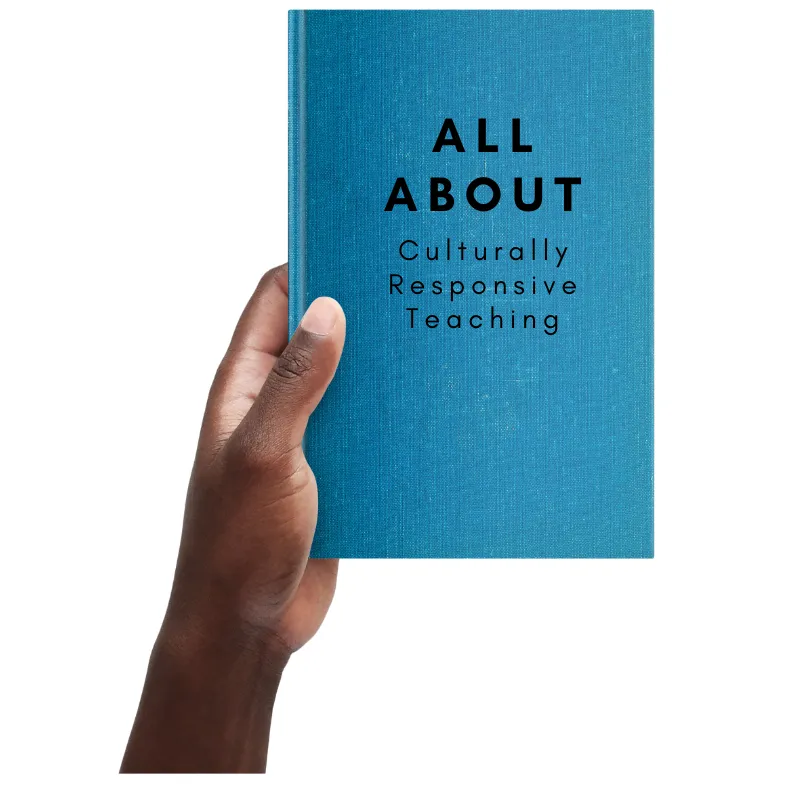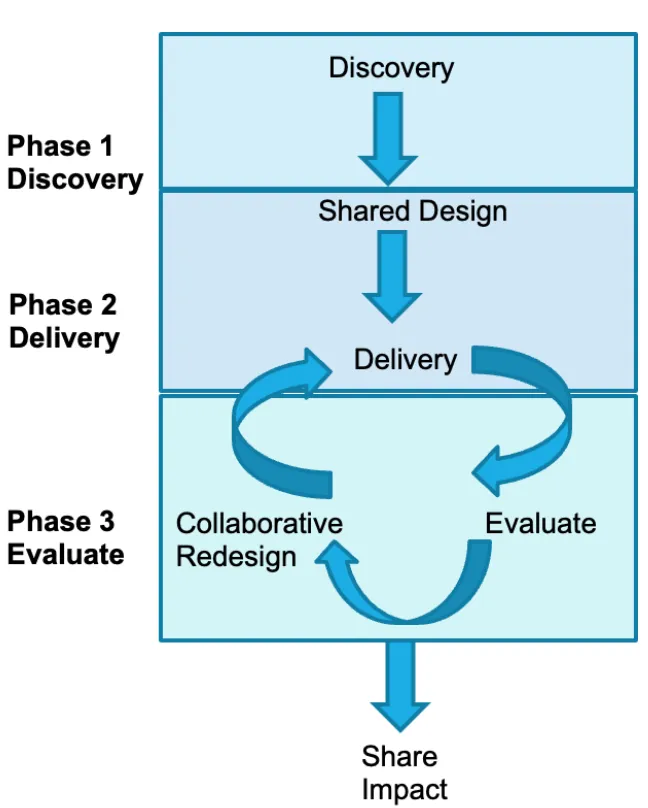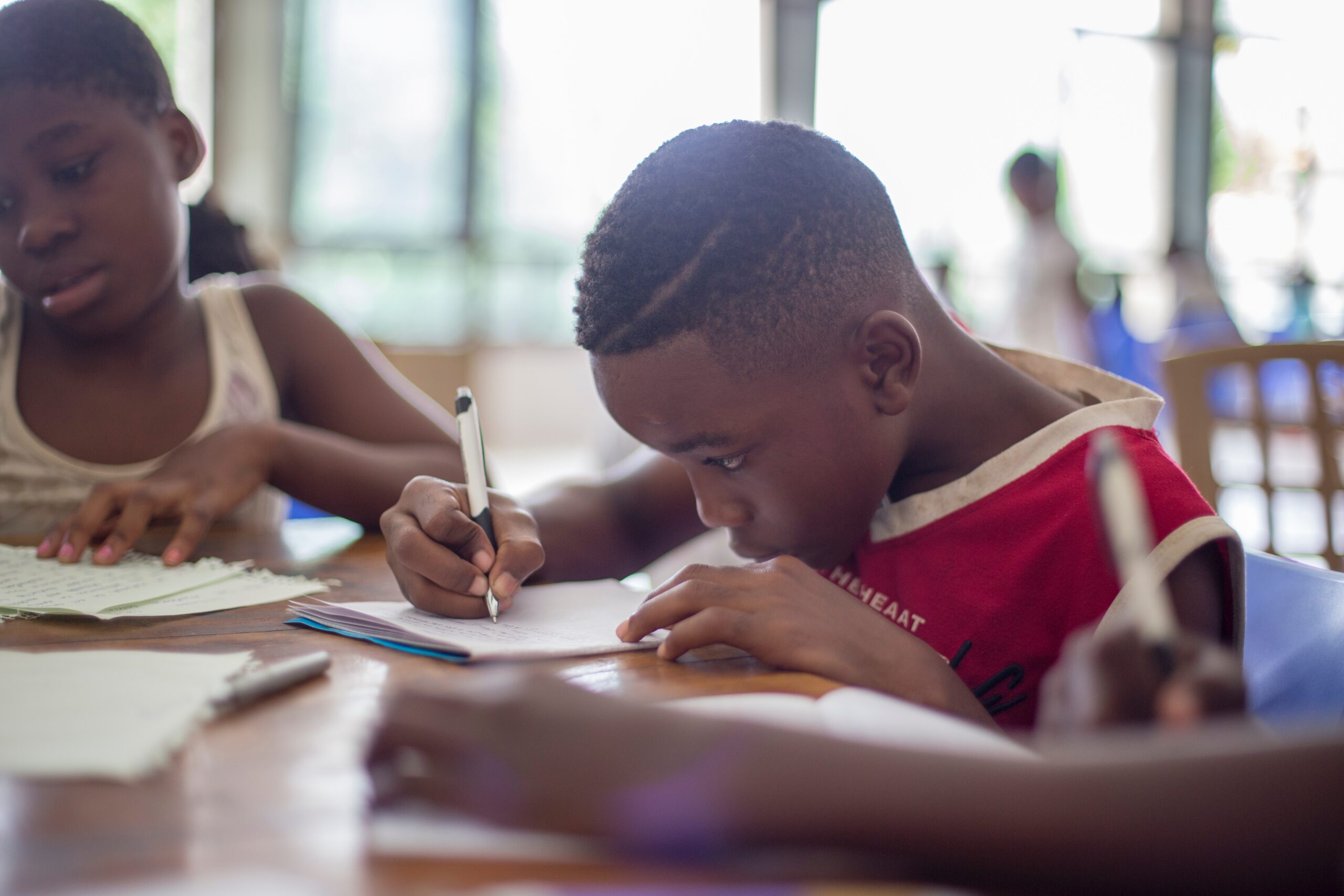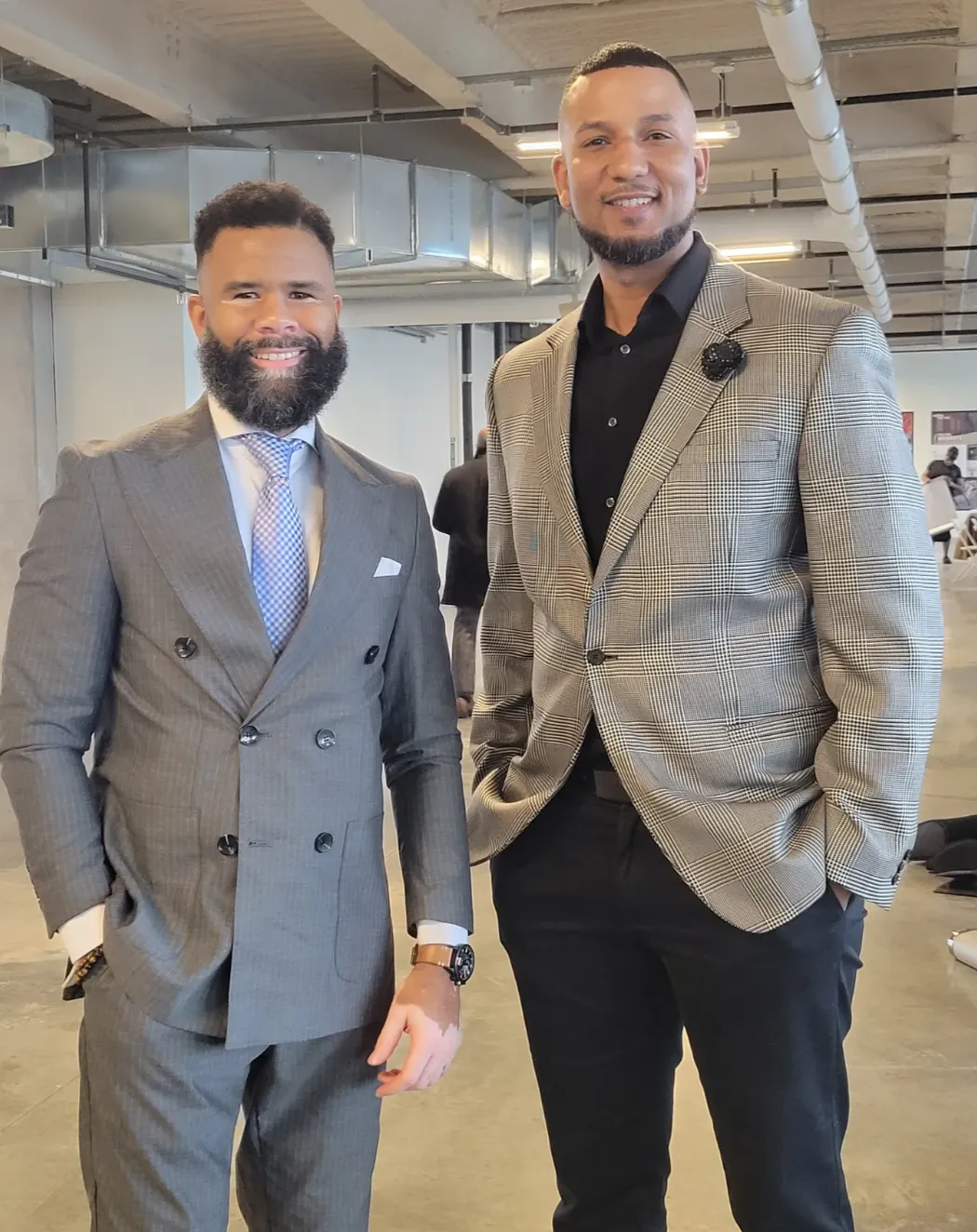
✨Highlights and Traction✨ We’re hiring facilitators for a summer cohort experience with expertise in Self-Awareness and Self-Management, Decision Making, Relationship Skills, and Social Awareness. Are you a talented communicator and educator with some free time this summer? Our hiring committee is eager to get to know you as soon as you apply and onboard you into WAM Summer Academy by June. Feel free to share the application with WAM friends located here: Facilitator Application. Our aim is to run three courses over the summer. Be on the lookout for participant applications. In our next shout, if you’d like to recommend a cohort of learners between ages 12–24, schedule a call with us here to discuss. We’ve secured a vendor sponsorship with the Chancellor’s Office and My Brother’s Keeper Initiative within New York City Department of Education. More on this work and engagement site details coming soon! WAM Consulting is doing deep-dive research with Statesmen Boys College Preparatory on their mindfulness work with middle and elementary boys in southeast Washington, DC. What does this mean? We’re studying the measurement of character development approaches aligned with our core domains 1) social-emotional learning, 2) restorative justice, and 3) culturally responsive teaching. Our aim is to publish a report entitled, Measuring Love: An Impact Report to elevate the stories of practitioners, measure the progress of loving on our community in a school setting, and document the story of Statesmen’s leadership and educators. This work is currently co-sponsored by WAM and the National Association for Black Male Educators. We’d love for you to join us in funding this important work for next year and beyond. Please reach out to operations@wearemarcus.com to express interest in a school partner with an aligned vision. Team highlight time! We honor Marie Prentice for a year as WAM’s COO. As a longtime WAM friend, Marie has found success managing complex logistics and strategies in the political sector and for a number of national initiatives, including Obama’s 2008 and 2012 campaigns and the initial presidential legacy leadership team, the Affordable Care Act, and projects with public, private, and charter schools. She has amassed an impressive track record that includes fundraising and managing budgets of over $100 million. To discuss supporting our work and aligning with WAM this year, reach out directly to operations@wearemarcus.com. Partnerships We’re excited to announce that we’ll be running our inaugural WAM Summer Academy. Our cohort experience for summer will be bolstered by mentor stories in partner chapters throughout our rich network. We’re launching a mentor speaker partnership with Blacks in Technology (BiT). A 70+ chapter membership organization with global reach of black and brown technologists. Eduk8 Worldwide has been an entrepreneurship programming partner since the early days of WAM in 2017. This year we plan to deliver WAM Academy tools with Hustle Lab in Jamaica and the Bahamas. We are also working with a local out-of-school time mentoring organization in London this June. Events💼 Check out our livestream conversations this quarter. Featuring rockstar educators and thought leaders in character development. On April 26th, we’ll be sitting down with Erin O’Leary, Education Strategy Consultant, and on the 25th we’ll be talking with Teresa Lasley, teacher at Ron Brown College Preparatory High School DC. Don’t forget to also mark your calendars for our Generation DMV panel! On April 22nd, from 2–5 pm EST, we’ll explore the topic of Black men’s mental health from different generational perspectives. This is a great opportunity to learn more about this important topic and engage in meaningful conversations with others. Get your tickets here! Marketing Article alert! We published an article discussing the impact of Black Men’s Brunch on our community partners at 500 Men Making a Difference: ICYMI: Black Men’s Brunch 22–23. Guest speakers included Mayor Eric Adams of New York City, Pastor A.R Bernard, and billionaire real estate mogul R. Donahue Peebles. READ HERE→ 📈Financing Last year, through this year we raised $1.1M in philanthropic support from Impact Assets Donor Advised Fund, and we are looking to increase awareness about our values and desired program outcomes from WAM Summer Academy with other supporters. We’re also building now for WAM Winter 2023. Outcomes include further learner engagement insights and core competency evaluations based on the leading frameworks in our SEL (Social-Emotional Learning). Connections: reach out to cking@wearemarcus.com to make warm introductions to venture capitalists that invest in Black/minority-founded companies, women-led businesses, or social enterprise startups. We would love to discuss our mission and company goals with aligned investors. How You Can Help Introductions to PR strategists and firms that have clear and current relationships with in-school and out-of-school time organizations. Relationships with investors in ed-tech, willing to make warm introductions to startups focused on supplemental curriculum. Hiring referrals: we are also on the lookout for curriculum developers, data engineers, and solutions architects. Philanthropic partners and advisors who would like to support WAM Impact Partners (501c3), WAM Academy’s sister organization. We invest in character development tools and in community partners who have proximity to meaningful change. The co-conspirators that lead education reform nationwide and globally. Become a mentor speaker using Vocal Video, an online video capturing platform! It only takes five minutes of your time but has a lasting impact. Click on one of these categories to start: Bullying and Cyberbullying College Readiness Careers Mental Health Friendship Success Check out our Black Excellence Sale clothing line and show your support for our work. Every purchase helps us continue to provide valuable resources to Black and Brown youth. Follow us on social media! Facebook, Twitter, Instagram, and Linkedin.
